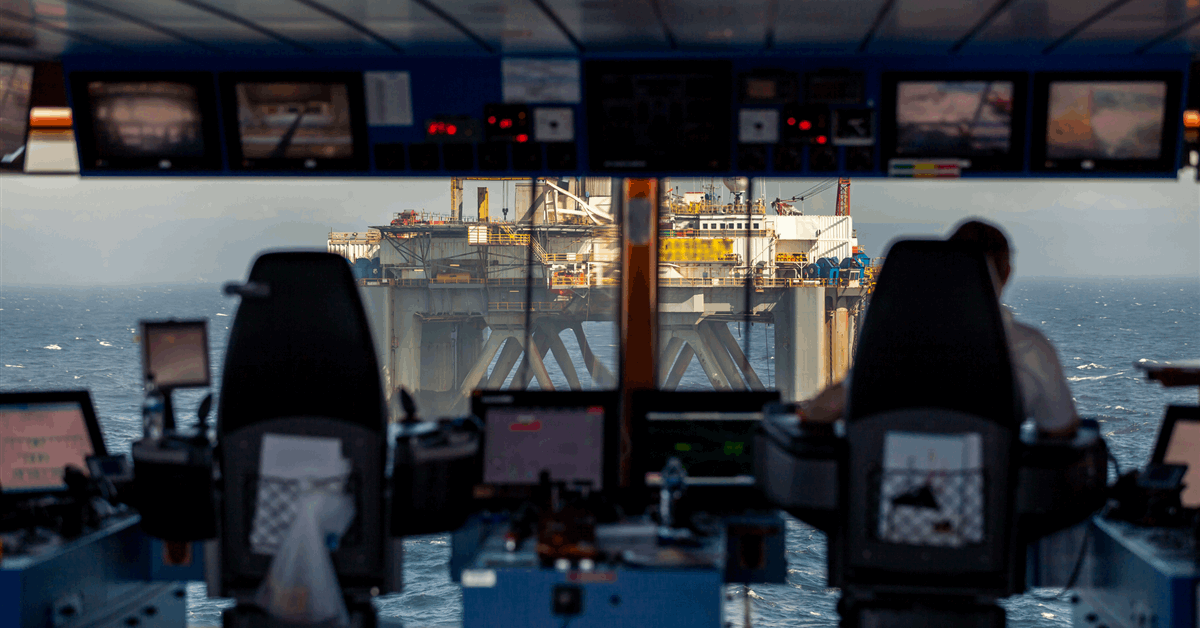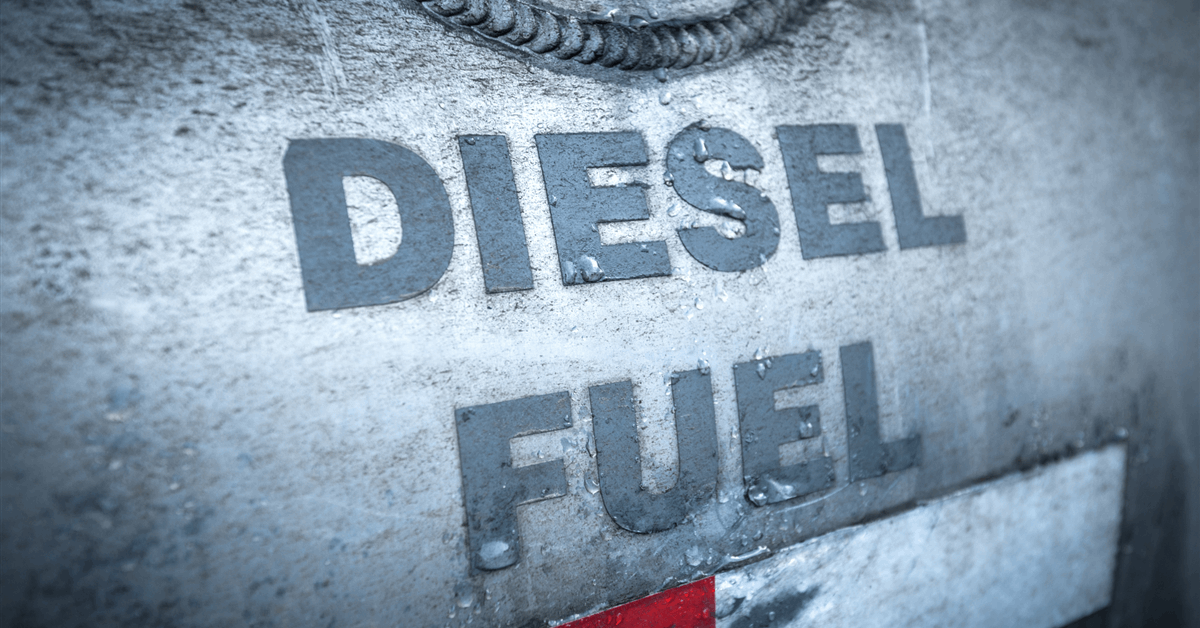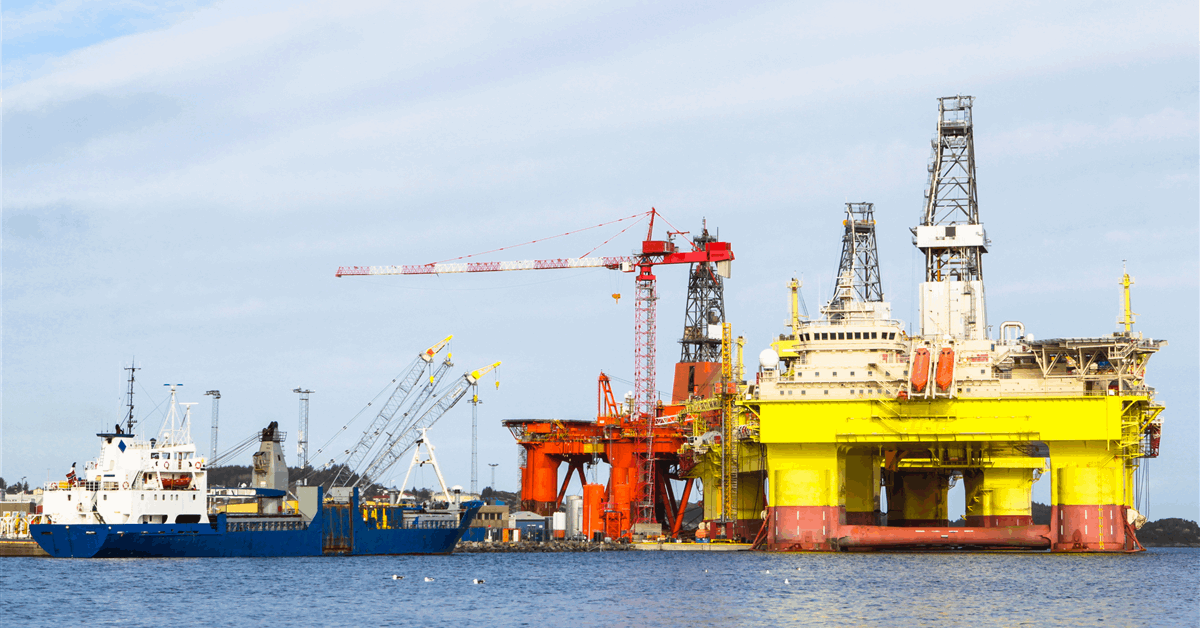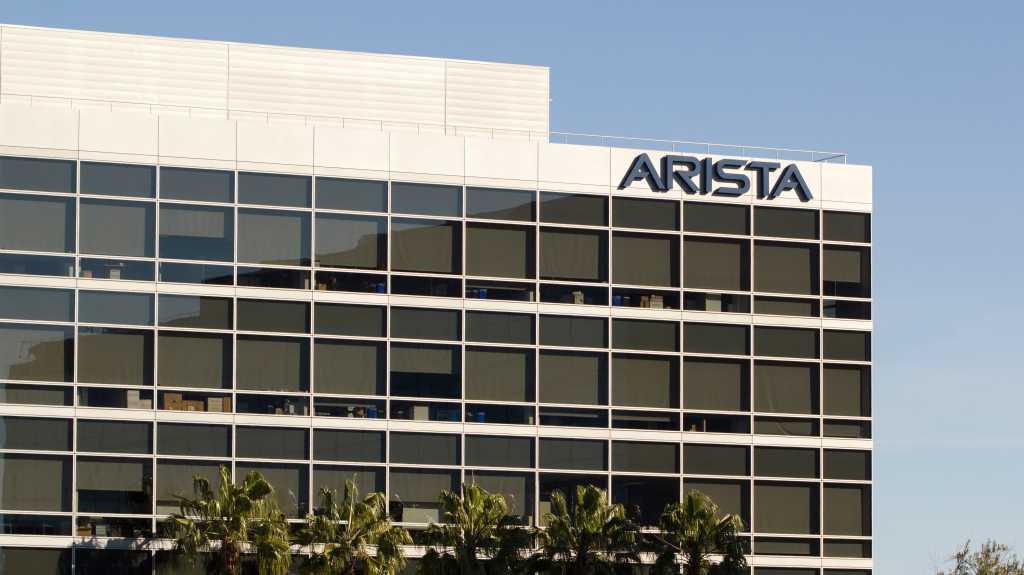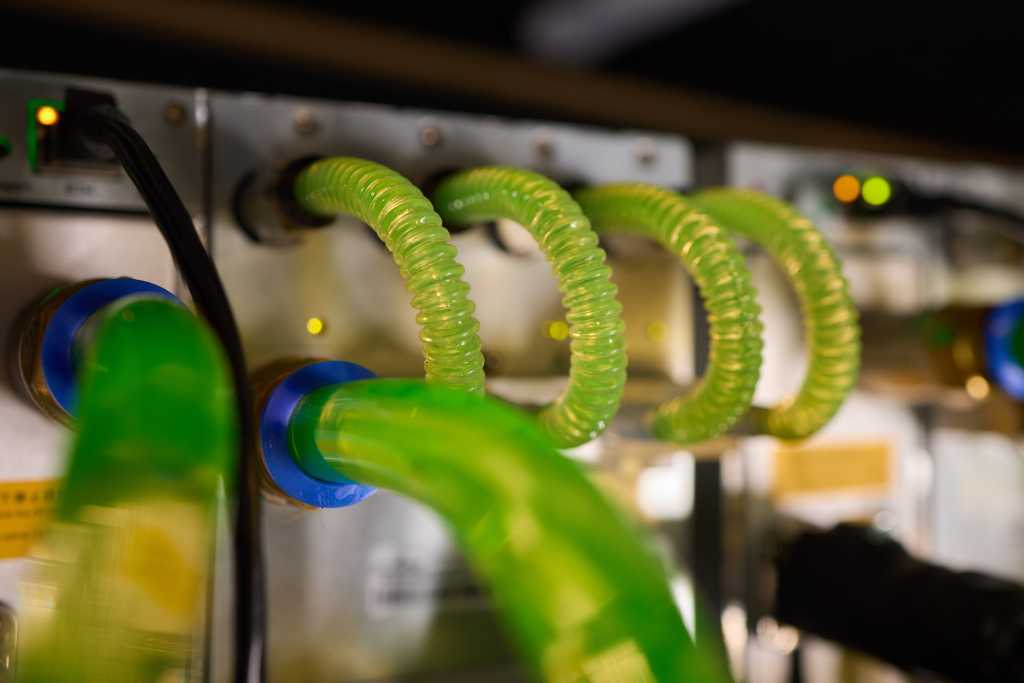Chris Stark has said investment in the power system needs to nearly quadruple to more than £40 billion annually to meet UK decarbonisation targets.
“We’re taking average investment in our power system in the last five years of about £11 billion per year, which is quite a big number,” the head of the UK’s control centre for clean power said while speaking at an event in London on Wednesday.
“We’re going to need to take that to north of £40bn capex each year in the in the power system as a whole.”
According to Stark, the central thrust of the government’s mission to decarbonise the UK’s electricity system by 2030, “has to be about economic growth”, which he said makes the sector “tremendously exciting”.
If his mission to transform the country’s electricity supply succeeds, he said it is “training up a workforce that we are going to need into 2030”.
The government’s clean power mission 2030, which the National Energy System Operator (NESO) advised would be possible with up to 5% unabated gas, will be “helped” by a lower gas price, Stark said. Gas connects “well” to a clean power system, he added.
He said his plan is for the country to “host new infrastructure” and manage that well so that people don’t “notice”.
“I don’t want people to notice,” said Stark. “I think that’s the critical thing, is that we want people just to use electricity and not have to worry about the source of electrons.”
A lower price for the consumer is “absolutely critical to this mission”, he added.
Connections reform
Stark defended a review of planning and consenting for grid connections being spearheaded by the national operator.
NESO paused applications for grid connections on 29 January as part of the connections reform process.
Speaking at the recent International Energy Week in London, Stark said the government is “not endangering these projects”.
“These projects are out there right now, they’re in development,” he said. “They are all held up by a planning and consenting regime.”
He described the queue of generation projects waiting to connect as “huge”, adding that there are “hundreds of developers who are as keen as mustard to get connected if you can unblock it”.
Stark called the grid overhaul and the surgery required to achieve it “hugely radical”, adding, “We’ve got some redundancy in the system”.
“If you add up all the numbers at national level, there’s more in the queue than we might ever meet,” Stark said. “What’s so exciting about it is I think we can move much more quickly than we have in the last five to ten years.”
Developers with financing in place on the “most ready and most strategically aligned” projects could be offered new connection agreements in the autumn, according to the head of Mission Control.
That could mean 80 or so new grid works across the country, he added.
“And that is the secret sauce for 2030 because those developers will be ready to go,” said Stark.
The government is expected to review the connections queue over the course of the next six months.
National decarbonisation goals
Stark explained that the government and NESO are “in the midst” of defining a set of regional goals by technology, to provide “strategic priorities to reorder the queue”.
This will involve setting national goals for technologies such as nuclear, offshore wind, onshore wind and “displacement technologies”.
He said government has “finally given the green light” to fund an industrial cluster in Teesside “that will allow us to have strategically well-located carbon capture”.
“That’s immensely important,” he said.
The reason is that two scenarios were outlined by the system operator including one with renewables and flexibility, and another that includes “affordable, dispatchable power” from decarbonised industrial clusters.
Such a combination “takes the pressure off” renewables deployment, according to Stark, who said some gas and CCS in the power system “would really help”.
“It takes us on a path that allows us to sail into the 2030s at incredible speed,” Stark said.
He said he is also “excited” about hydrogen power generation.
“We know we’re going to need that because hydrogen provides pretty much an unrivalled energy store for long duration into the 2030-40s,” said Stark.
“Having some CCS on the system with hydrogen alongside gas would be tremendous because we have a power mix that… will continue to grow into 2030s.”
While “industrial demand” is seen as a “problem”, Stark said unequivocally that in his view it is not. Flexible demand, he said, “plays well” with variable supply of offshore wind and solar.
The big story of the sector’s transformation is new demand from AI datacentres, which Stark said have similar power needs to a steel arc furnace, but could become a “source of flexibility” if planned well.
“We’re doing what we did in the 1960s,” he said. “We have to build that kind of system and plan for those new demands that you see.”






